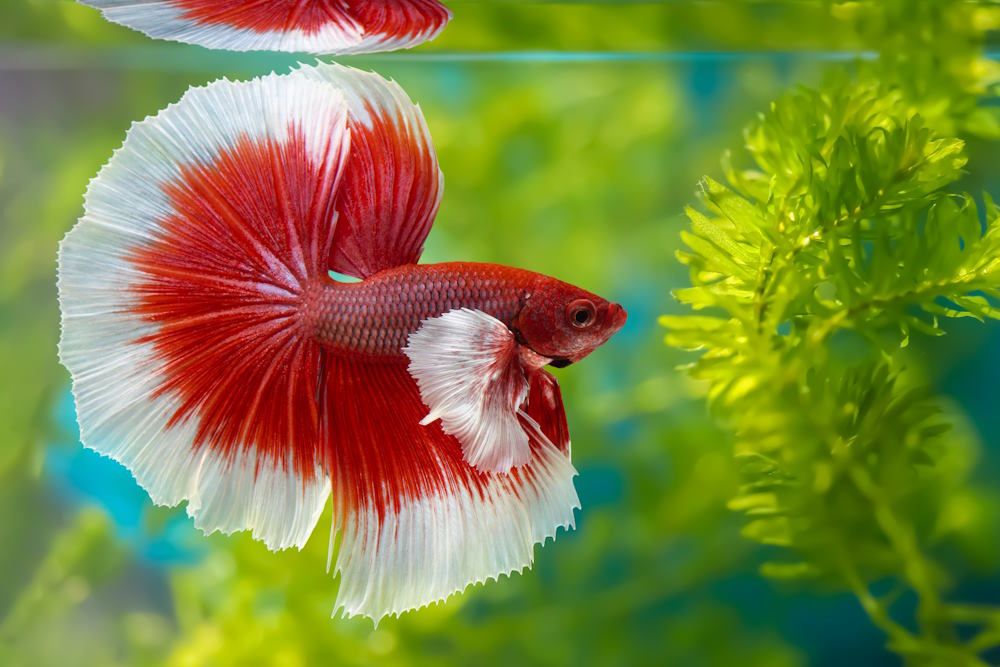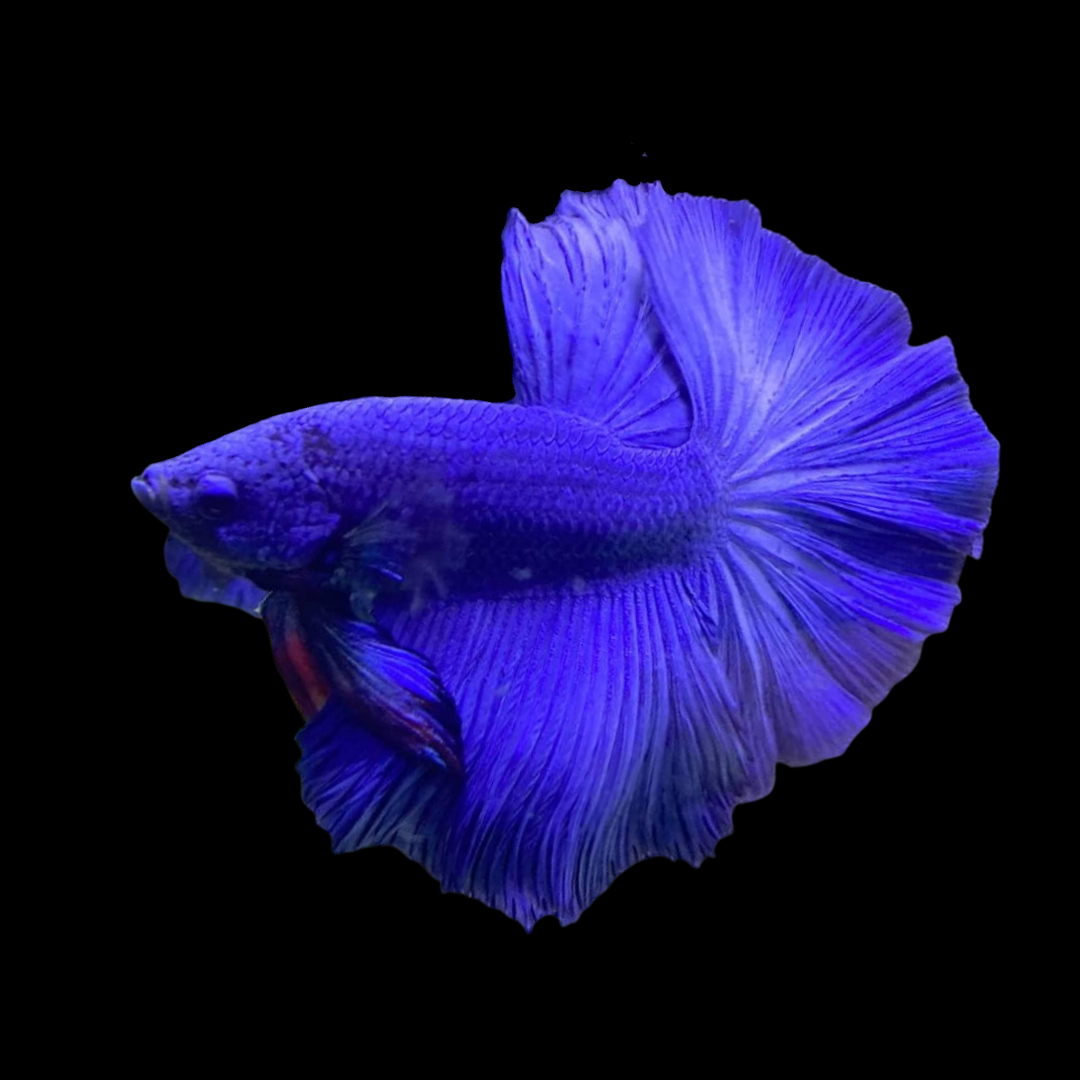Exactly How to Breed Betta Fish Efficiently: Professional Methods and Insights for Hobbyists Wanting To Broaden Their Betta Collection
Reproducing Betta fish calls for a nuanced understanding of genetics and ecological conditions, making it important for enthusiasts to come close to the process with both persistance and care. Producing an optimum breeding environment, choosing the ideal pairs, and observing the complexities of their courtship behaviors are foundational actions that can significantly impact the outcome. The subsequent care of the fry is crucial for guaranteeing their healthy and balanced growth. As we discover these essential parts, it becomes clear that successful breeding is not practically the first pairing but incorporates a wider method that qualities mindful factor to consider.
Understanding Betta Fish Genes
Recognizing the genes of Betta fish is critical for effective breeding, as it influences characteristics such as color, fin shape, and habits. Betta fish display a diverse range of shades and patterns, largely determined by their hereditary makeup. The primary genes accountable for coloration include the "B" genetics for blue, "D" gene for red, and the "C" genetics for shade intensity. Dog breeders can adjust these qualities by picking particular parent fish that display wanted characteristics.
Along with pigmentation, fin morphology is an additional considerable element of Betta genetics (betta fish). The sizes and shape of fins are affected by numerous genetics, including those that determine whether the fins are short, long, or veil-shaped. Recognizing these genetic variants helps breeders forecast the phenotypic results of their offspring
Furthermore, behavior qualities such as aggressiveness and territoriality can likewise be affected by genes. These actions play a vital duty in the breeding procedure, as they can influence spawning success and the overall character of the resulting fry. By comprehensively recognizing these hereditary concepts, breeders can make informed choices, eventually boosting their breeding programs and achieving desirable outcomes.
Preparing the Reproduction Atmosphere
Creating an optimum breeding setting is important for the successful recreation of Betta fish. The very first step in preparing this setting is to select a proper breeding storage tank, preferably varying from 5 to 10 gallons. This size enables sufficient swimming area and the facility of regions. The tank should be furnished with a heating unit to preserve a stable temperature in between 78 ° F and 80 ° F, which is crucial for urging generating behavior.
Following, take into consideration using a sponge filter or an air rock to give mild water flow without developing solid currents that can emphasize the fish. It is important to install plants or reproducing cones to offer hiding spots and advertise convenience for the female throughout the spawning process. Drifting plants, such as Java moss or water sprite, can likewise produce an extra native environment while facilitating bubble nest structure by the man.
Before presenting the reproducing pairs, make certain the water is conditioned and totally free from damaging chemicals, such as chlorine or heavy steels. betta fish. Routine water adjustments should be performed to keep optimal water top quality, enhancing the opportunities of successful reproduction. With these preparations in position, the reproducing environment will sustain the health and wellness of both Betta fish
Selecting Reproduction Pairs
Choosing the appropriate reproduction sets is critical for accomplishing effective Betta fish recreation. When picking your breeding sets, think about a number of look these up key factors including wellness, personality, and genetics. Healthy Betta fish show lively shades, clear eyes, and active habits. Picking fish that are devoid of condition ensures a much better opportunity of generating viable offspring.
Personality is one more essential factor to consider, as Betta fish are recognized see for their aggressive nature. It is recommended to pick a male and female that show compatible personalities to minimize stress throughout the breeding procedure. A tranquil man can motivate a smoother courtship, while a female that is too hostile might interrupt the procedure.
Genetic background likewise plays a considerable duty in the high quality of the spawn. Breeding fish that are genetically varied can minimize the threat of hereditary health issues and enhance the overall vigor of the fry. It is useful to investigate the lineage of both the male and woman, concentrating on preferable qualities such as fin type, color scheme, and size.
The Breeding Refine
The reproduction process of Betta fish needs careful preparation and interest to detail to make sure a successful end result. It is crucial to prepare a suitable reproduction tank, ideally a 5-10 gallon fish tank with a temperature level maintained at 78-80 ° F. The storage tank needs to be outfitted with a heating unit, filter (ideally sponge type to avoid strong currents), and lots of water plants for the female to conceal.
Once the setting is set, introduce the selected reproducing pair click reference to the container, permitting them to acclimate. Observe their actions; the male will certainly present sophisticated courtship rituals, consisting of flaring his fins and building a bubble nest. If the lady shows interest, she will display vertical red stripes indicating preparedness for spawning.
When the lady is responsive, both will take part in a breeding accept, throughout which the male fertilizes the eggs. It is crucial to monitor their interactions closely, as the man might become aggressive. After spawning, remove the woman to avoid prospective harm. The man will have a tendency to the eggs, which generally hatch out within 24-36 hours. Maintaining optimum water problems throughout this period is essential for the advancement of healthy Betta fry.
Caring for Betta Fry

Feeding Betta fry is essential, as they need a diet plan high in healthy protein. Initially, they can be fed infusoria or fluid fry food, transitioning to carefully smashed top notch pellets as they grow. Feed tiny parts several times a day to motivate healthy and balanced development without straining the storage tank with uneaten food.

As they develop, check their development very closely and separate any type of hostile individuals to avoid harm. By offering a supporting setting and appropriate nourishment, enthusiasts can successfully raise Betta fry right into vibrant, healthy and balanced fish, ultimately enhancing their reproduction endeavors.
Final Thought
Successful Betta fish reproduction requires precise interest to genetic selection, ecological conditions, and treatment for the fry. By comprehending the genes of Betta fish and preparing a suitable breeding setting, hobbyists can improve the possibilities of creating vibrant, healthy spawn.
Comments on “The Ultimate Betta Fish Care Guide for New Animal Owners”